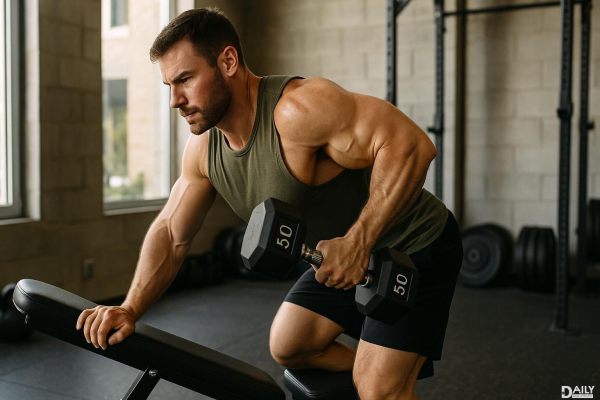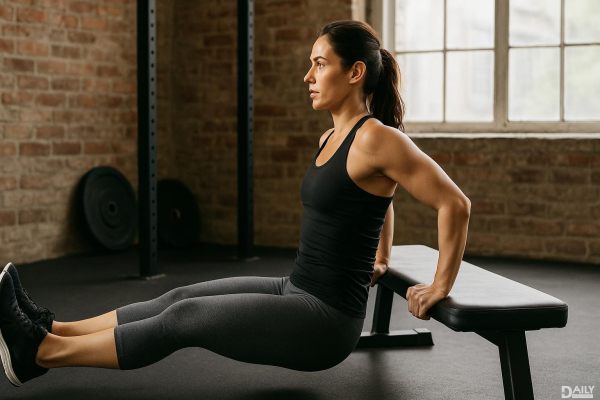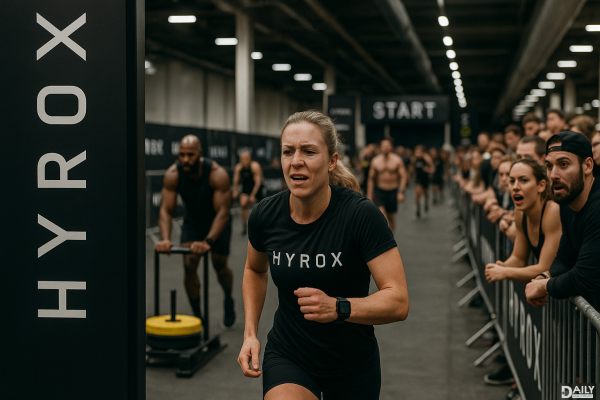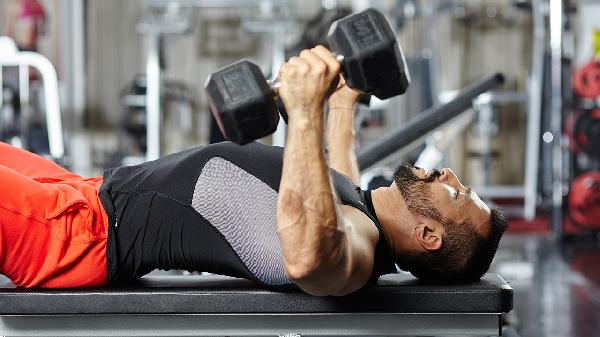If you're looking to build a stronger, more muscular back, braced dumbbell rows are your new best friend. This exercise is a game-changer for targeting your lats, traps, and rhomboids while also engaging your core and improving overall stability. Unlike traditional rows, the braced variation adds an extra layer of intensity by stabilizing your body against a bench, allowing you to lift heavier and focus on perfect form. Whether you're a gym newbie or a seasoned lifter, this move is a must-add to your back day routine.

Braced dumbbell rows are a step up from your standard bent-over rows. By bracing one hand on a bench, you eliminate unnecessary movement and isolate your back muscles more effectively. This setup allows you to lift heavier weights without compromising form, which is key for muscle growth. Plus, the unilateral nature of the exercise helps correct muscle imbalances—something we all deal with, whether we realize it or not. It’s like giving your back a targeted workout while keeping your ego in check.
First, grab a dumbbell and place one knee and hand on a flat bench. Your other foot should be firmly planted on the ground, and your back should be flat—no hunching allowed. With the dumbbell in your free hand, pull it toward your hip, keeping your elbow close to your body. Squeeze your back muscles at the top of the movement, then slowly lower the weight back to the starting position. Aim for 3-4 sets of 8-12 reps per side, and don’t forget to switch arms to keep things balanced.
Beyond building a stronger back, braced dumbbell rows offer a ton of other perks. They improve your grip strength, which is essential for deadlifts and pull-ups. They also engage your core, making it a sneaky way to work on your abs while you’re at it. And let’s not forget the posture benefits—stronger back muscles mean less slouching and more confidence. It’s a win-win for your physique and your overall health.
Even the best exercises can go sideways if you’re not careful. One common mistake is using momentum to lift the weight—this takes the focus off your back and puts unnecessary strain on your shoulders. Another no-no is rounding your back, which can lead to injury. Keep your core tight and your spine neutral throughout the movement. And don’t go too heavy too soon; it’s better to nail the form with lighter weights than to risk injury by ego-lifting.
Once you’ve mastered the basics, it’s time to level up. Try increasing the weight gradually, but only if you can maintain proper form. You can also experiment with tempo—slowing down the eccentric (lowering) phase of the movement can increase muscle tension and boost growth. For an extra challenge, add a pause at the top of the movement to really squeeze those back muscles. And if you’re feeling fancy, incorporate drop sets or supersets to keep your muscles guessing.
While braced dumbbell rows are a killer move, they shouldn’t be the only thing on your back day menu. Pair them with pull-ups, lat pulldowns, and deadlifts for a well-rounded workout. Each exercise targets different parts of your back, ensuring you’re hitting all the major muscle groups. And don’t forget to stretch afterward—your back will thank you.
So, if you’re ready to take your back gains to the next level, give braced dumbbell rows a shot. They’re simple, effective, and versatile, making them a staple for anyone serious about building a stronger, more muscular back. Just remember: form is king, and consistency is queen. Stick with it, and you’ll be turning heads with your V-taper in no time.
























